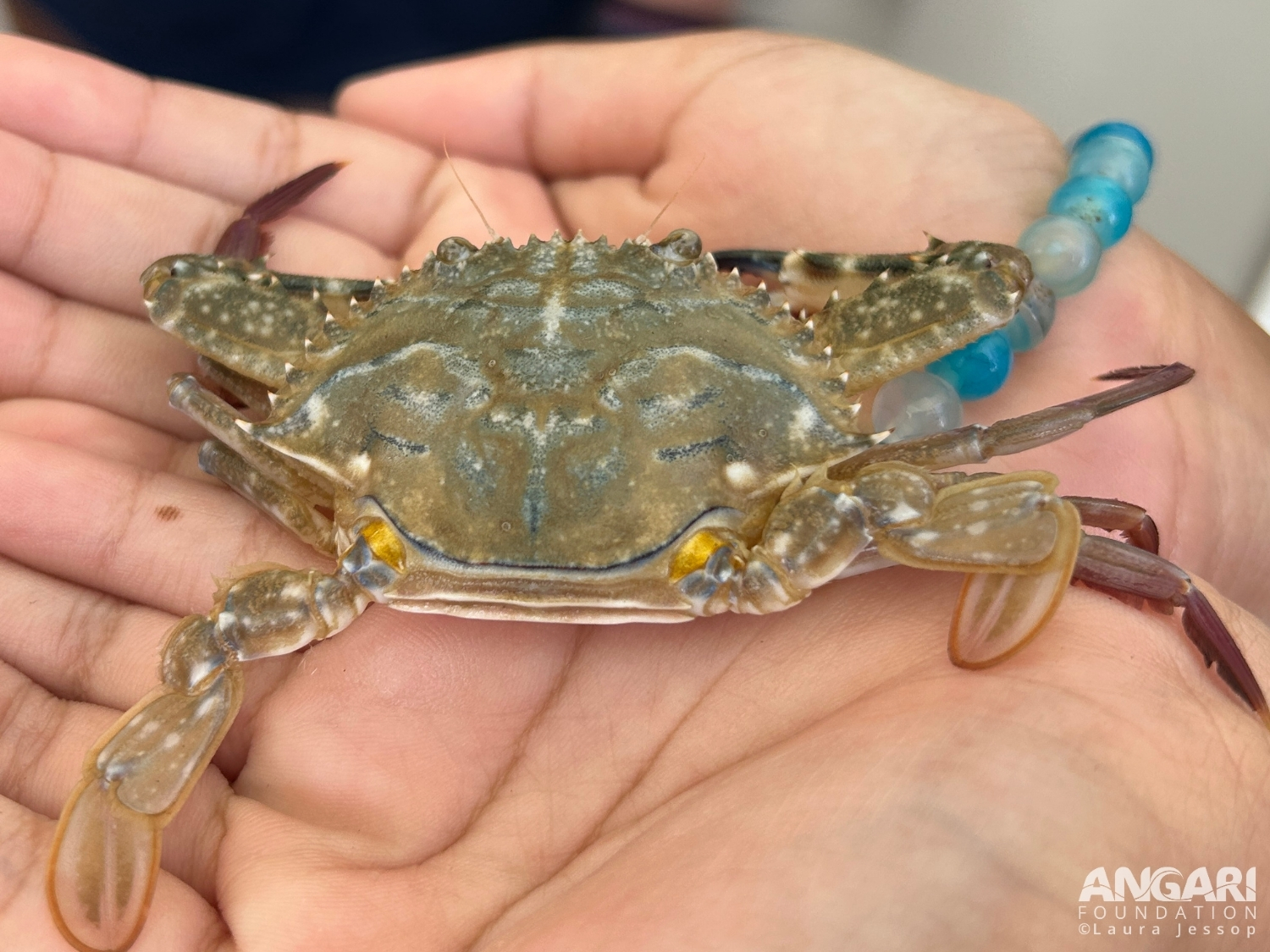Common sea fans are commonly found on coral reefs and can be identified by their purple tissue.
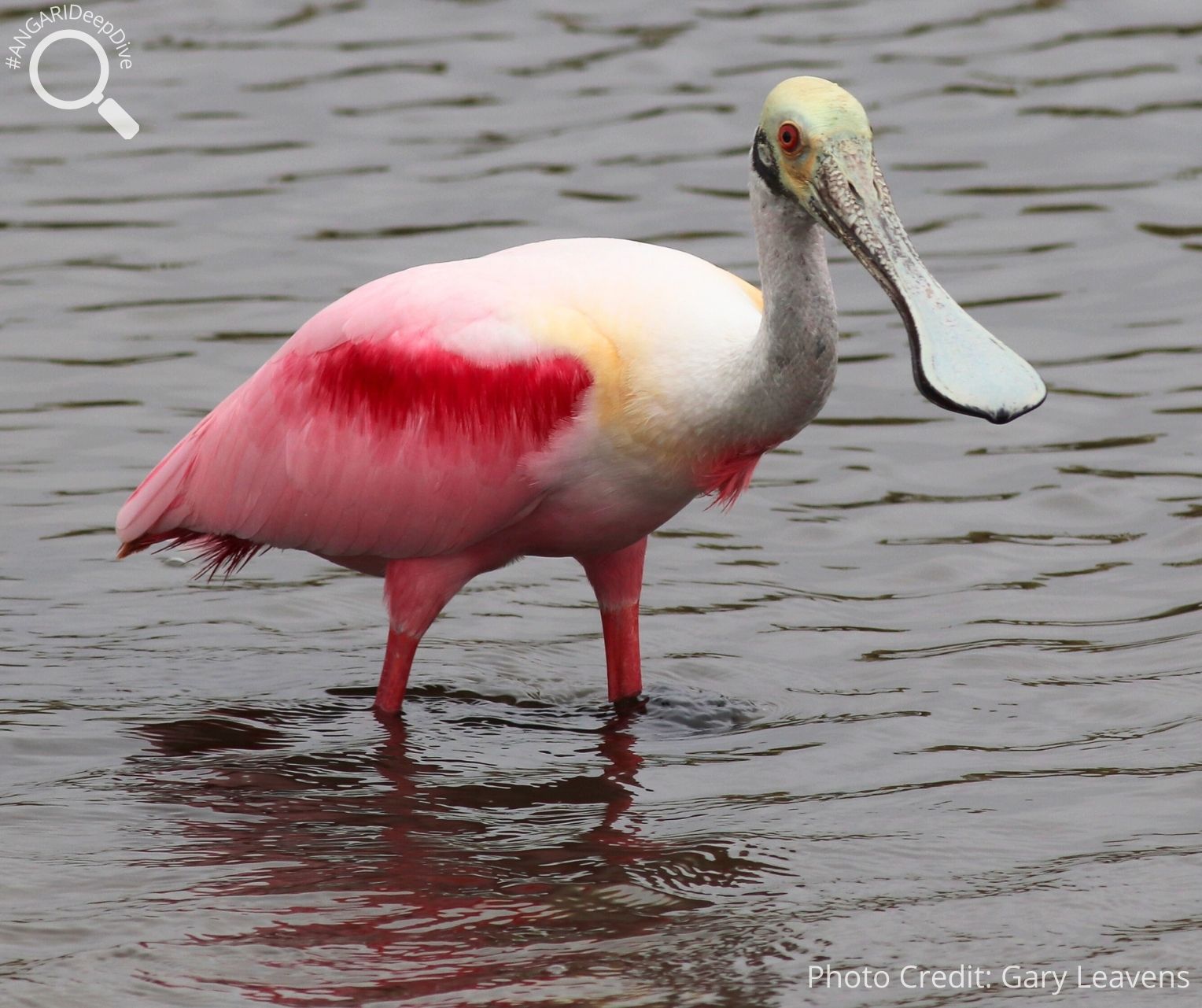
Roseate Spoonbill (Platalea ajaja)
Roseate spoonbills (Platalea ajaja) are a species of wading bird that can be found in bays, estuaries and marshes across southeastern U.S. to central Argentina. They get their name from two main identifiable characteristics, their bill that is spoon-shaped and the distinct pink coloration on their plumage. Read on for more fascinating facts about this spoonbill species.
#1: The roseate spoonbill is the only spoonbill species native to the Western Hemisphere.
Globally there are six different spoonbill species but the roseate spoonbill is the only species that is endemic to the Western Hemisphere. Within the U.S. you will find them in southern Florida, southwestern Louisiana and also along the coast of Texas.
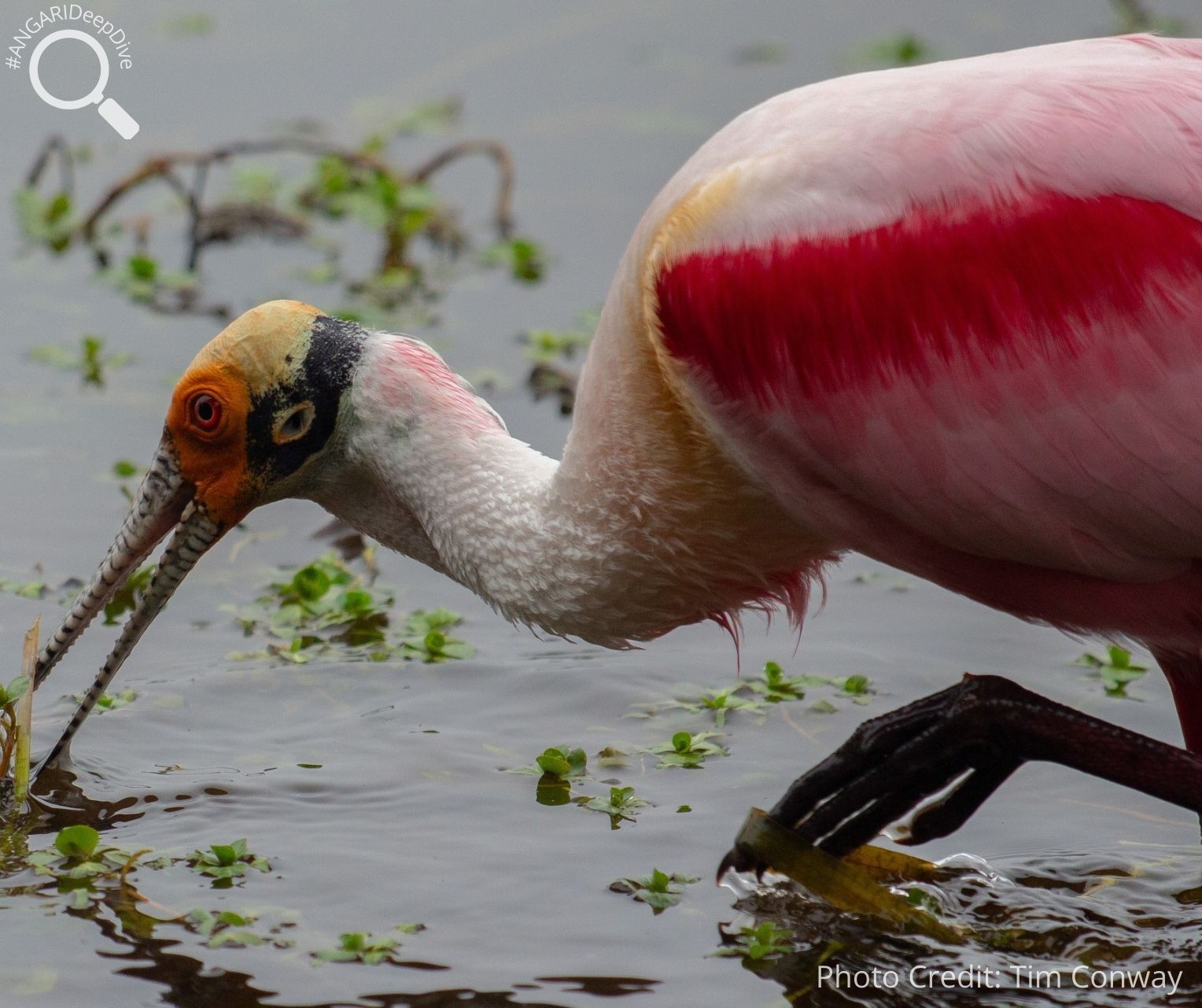
#2: Did you know the roseate spoonbill feeding technique is called head-swinging?
Roseate spoonbills use their large bills to help with feeding and gathering food. They plunge their bill underwater and start swinging it side to side in the motion on an arc. This is known as “head-swinging” and helps them catch smaller animals off the bottom.
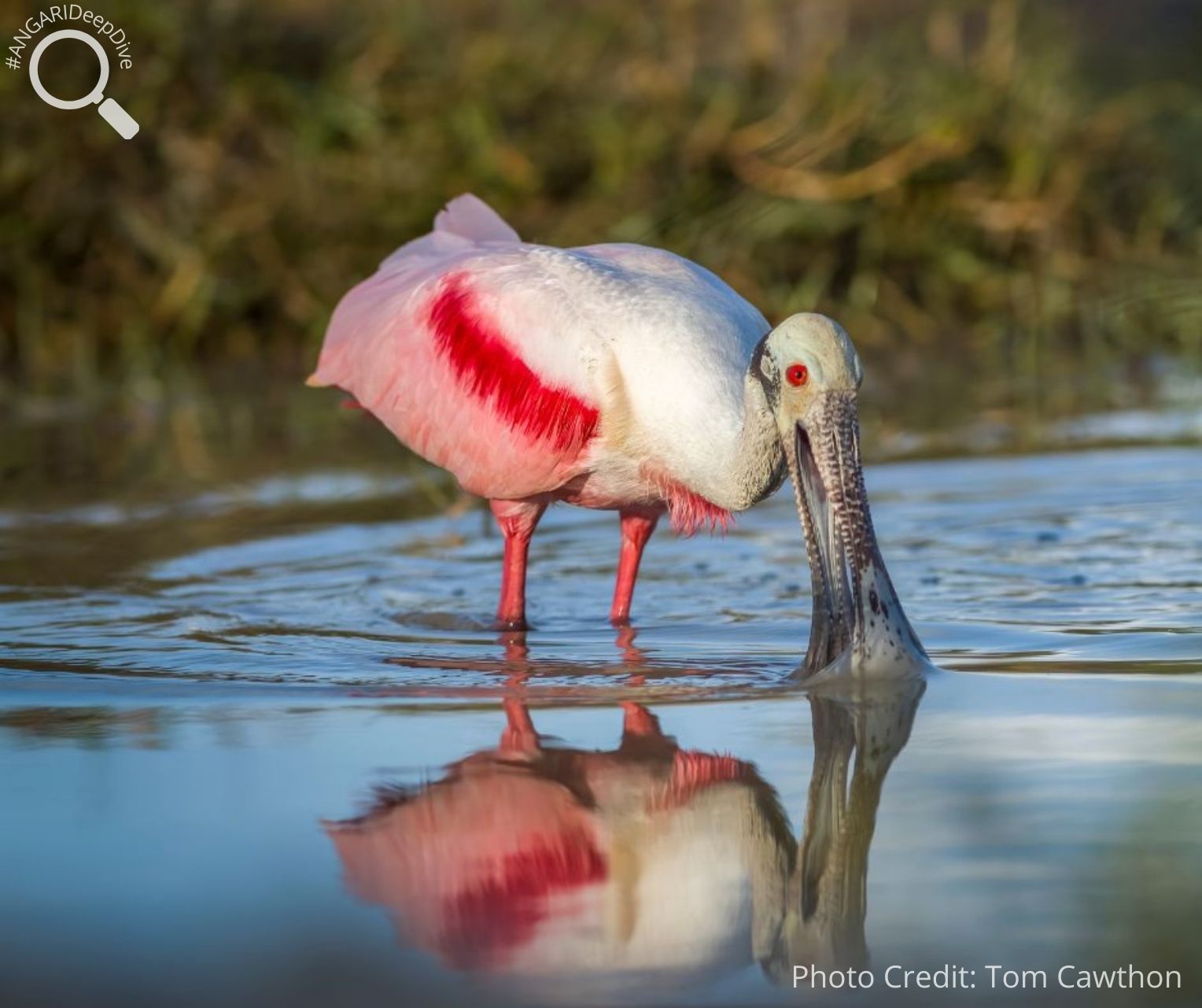
#3: Where does the pink plumage on a roseate spoonbill come from?
It is thought that roseate spoonbills get their pink coloring from their diet which consists of shrimp, crabs and crayfish. These species of prey are known to be full of carotenoids which are organic pigments that turn the spoonbill pink when they ingest them.
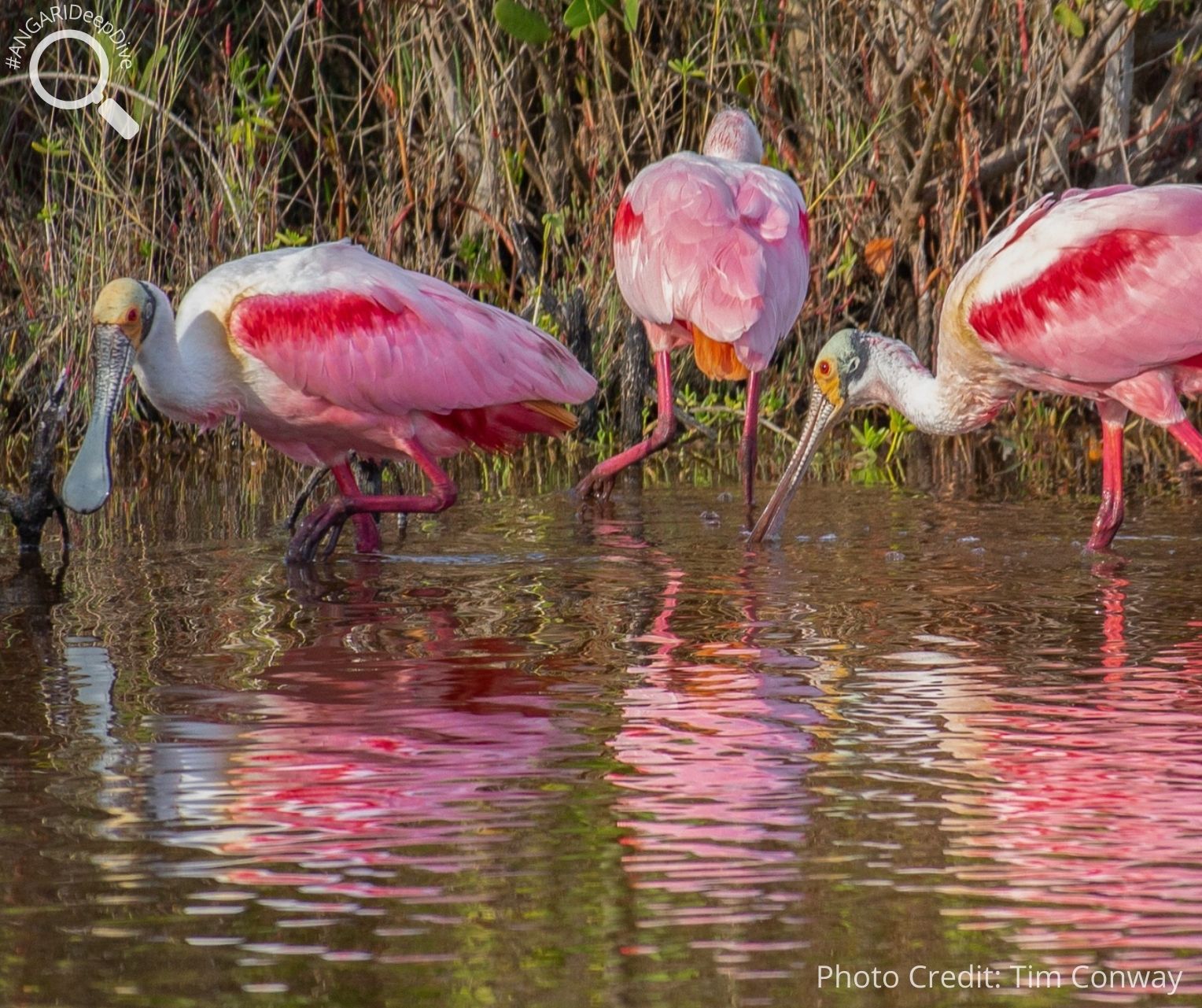
#4: Roseate spoonbills do not have life partners.
Roseate spoonbills do not mate for life but are monogamous during the breeding season. This means that each season they will court a different bird to mate with. Courtship can begin quite aggressively but will then move onto the next phase where each bird present sticks to each other and eventually they cross and clasp each others bills.
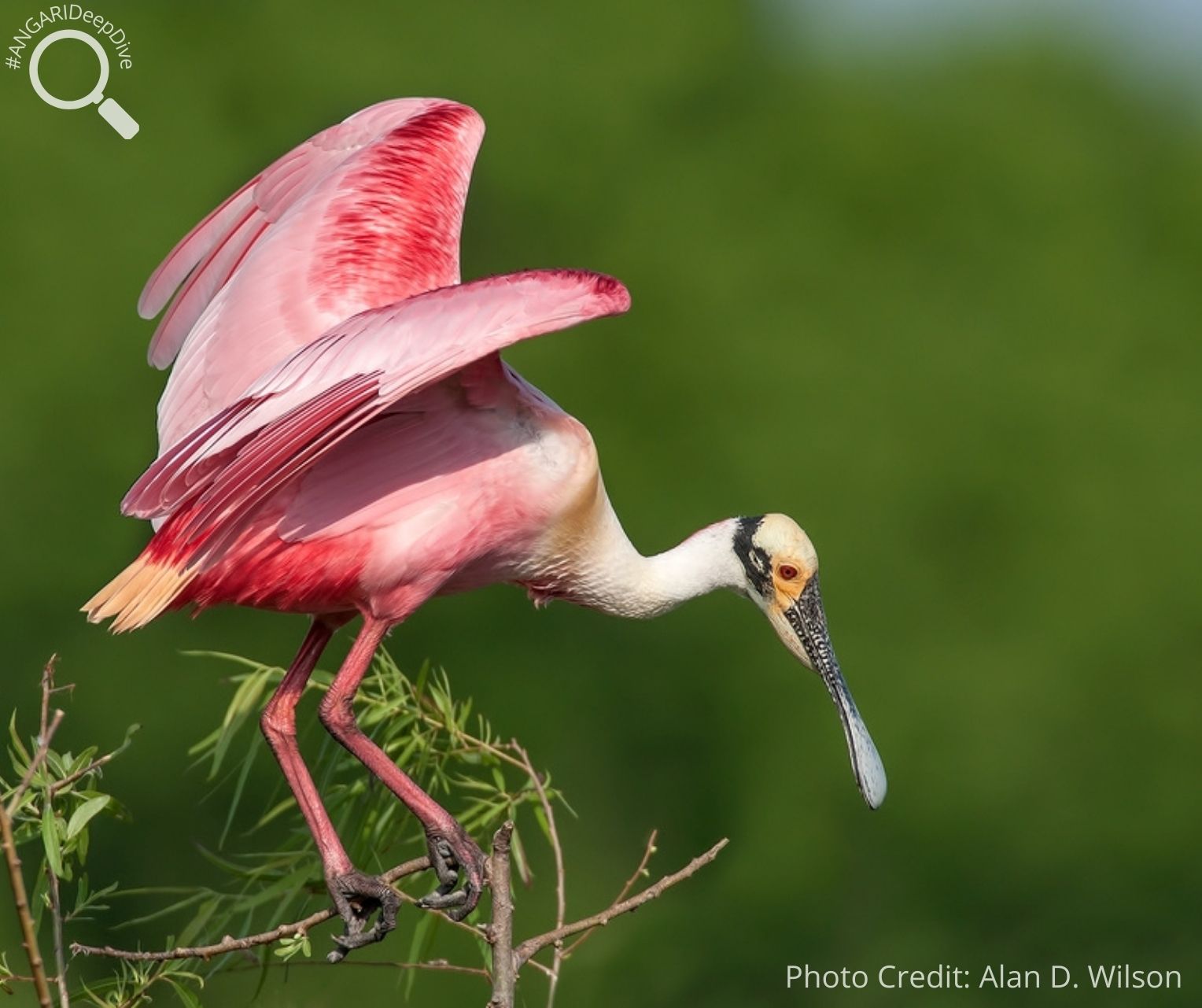
#5: Where do roseate spoonbills nest?
Roseate spoonbill nests can be found in mangroves or trees and they tend to be raised above the ground or water for safety. The female will normally build the nest with materials that the male brings her.
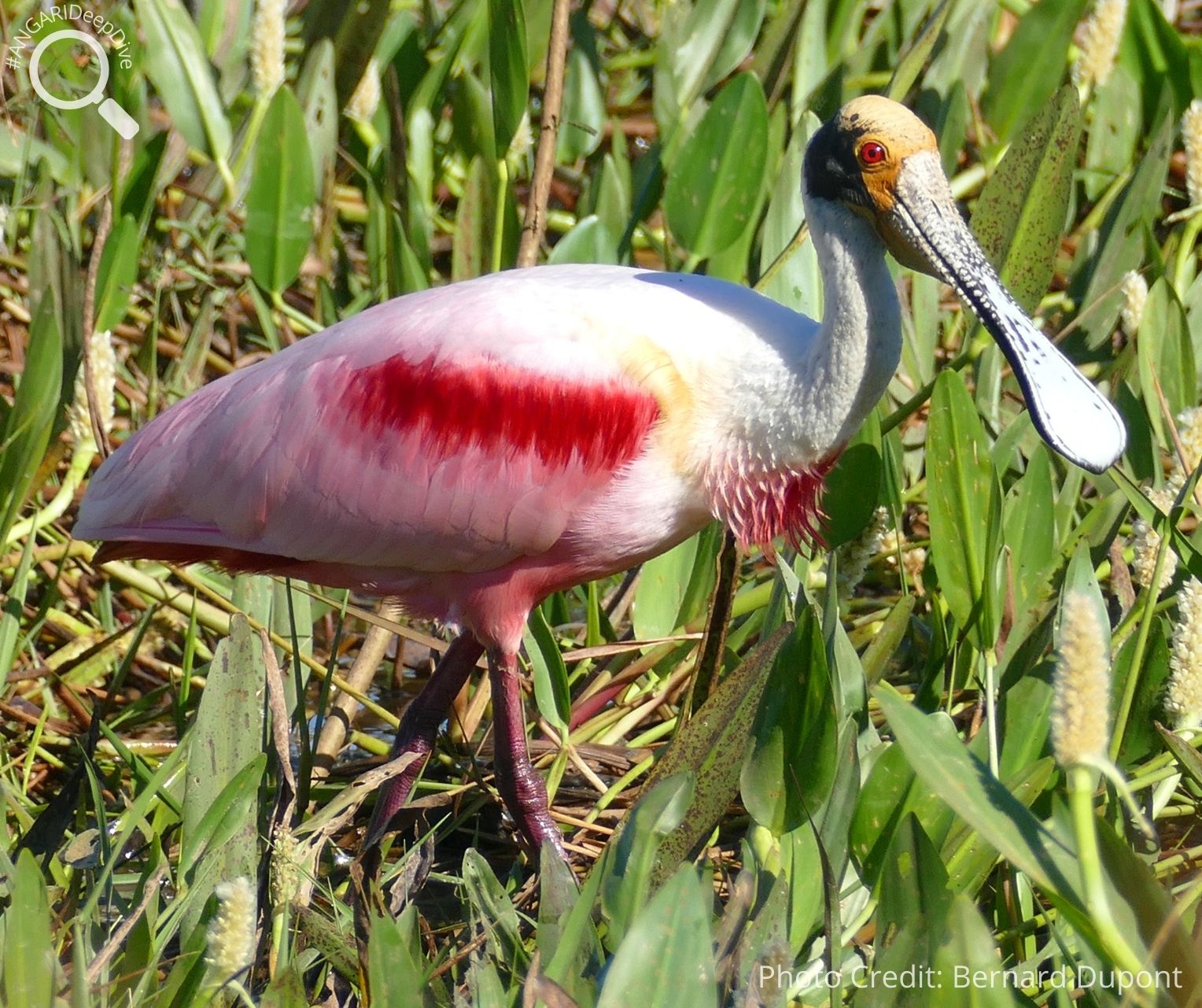
#6: Roseate spoonbill offspring.
Female roseate spoonbills will lay on average 2-5 brown-speckled white eggs each nesting season. These eggs will incubate and hatch after 24 days and these chicks will stay in the nest for up to 42 days in which during this time the chicks will be fed by both adult birds.
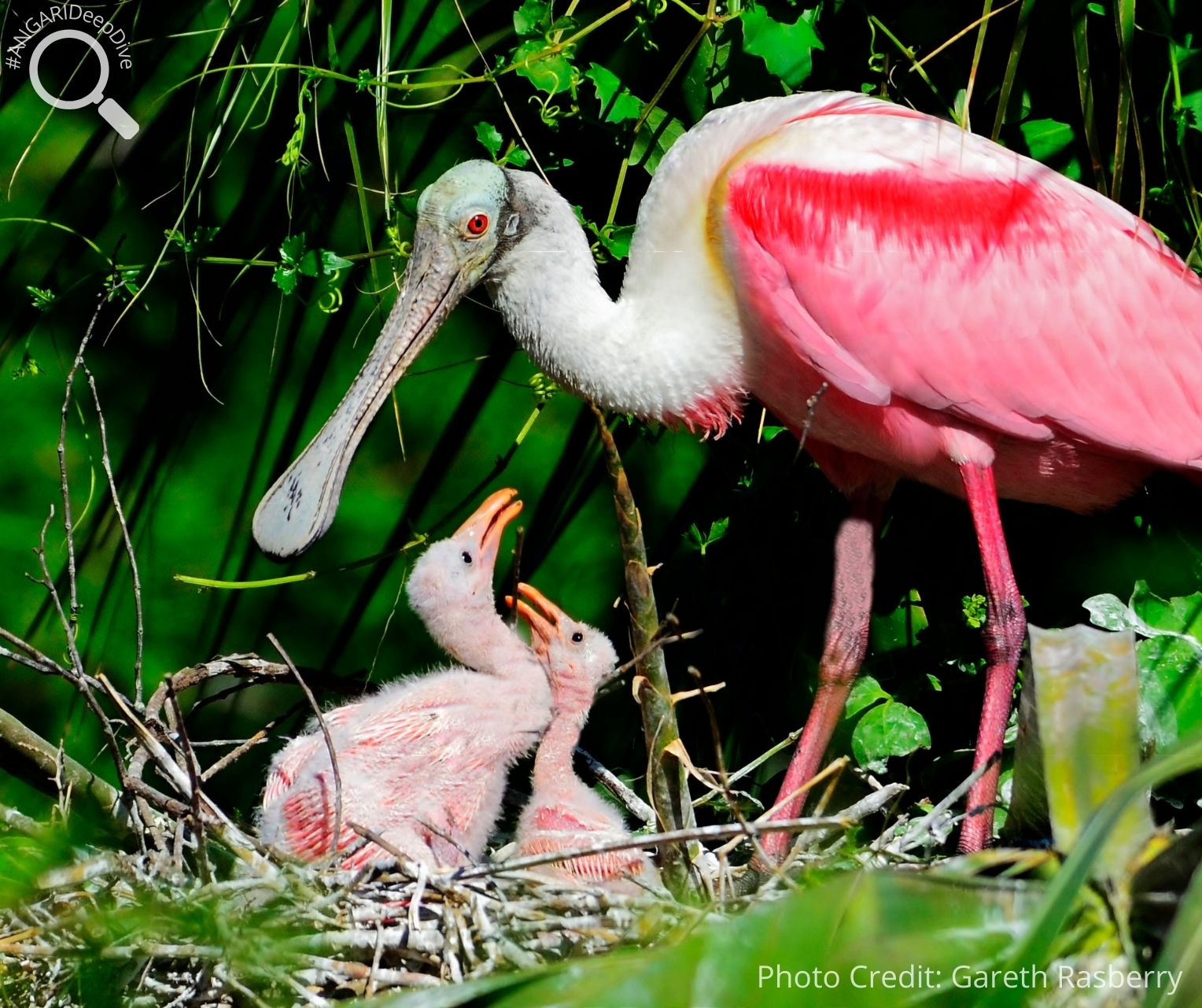
#7: How long do roseate spoonbills live?
In the wild the average lifespan of a roseate spoonbill can be up to 10 years however, it has been documented that in captivity they can live to be 15 years old.
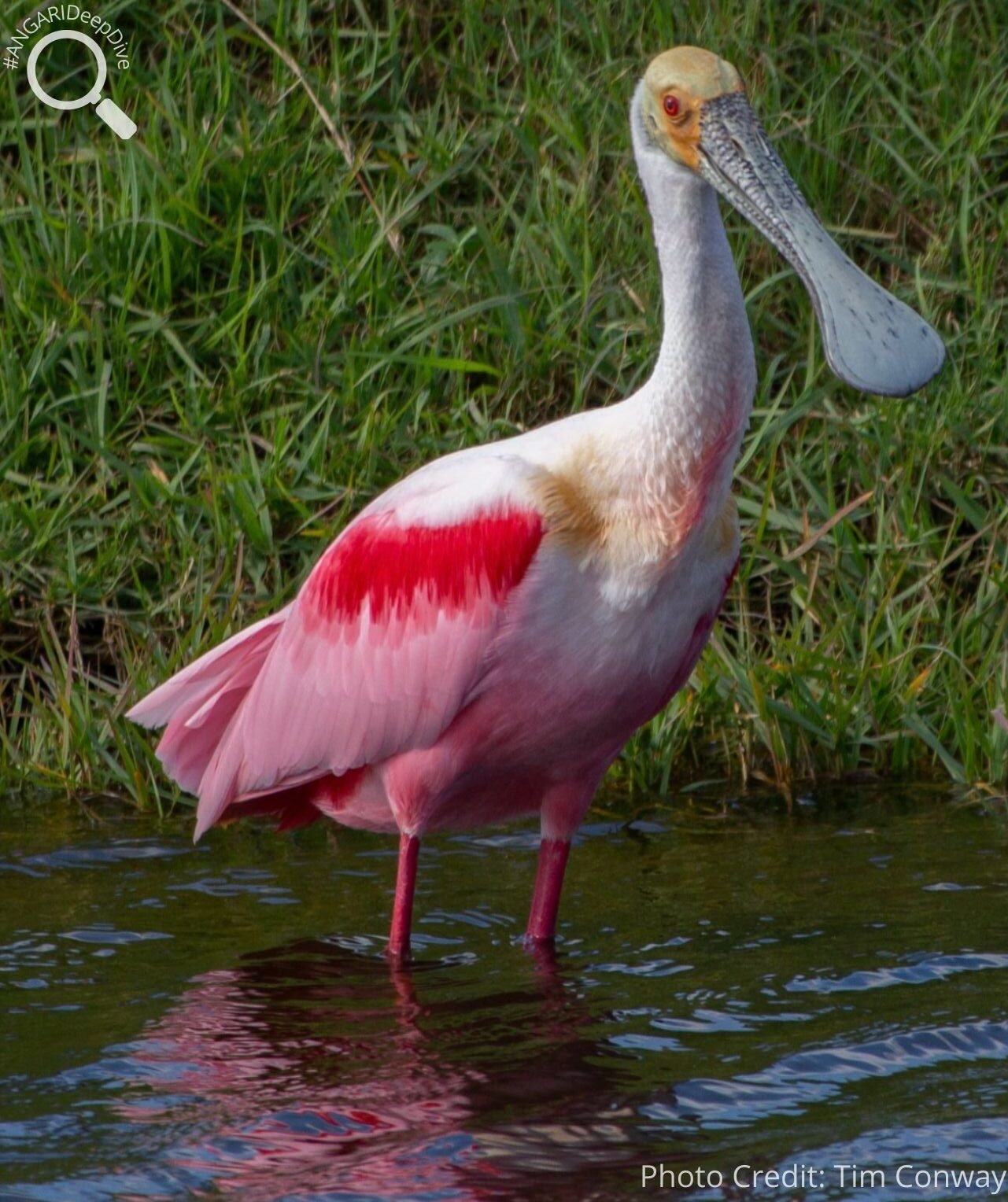
#8: Roseate spoonbills love company.
Roseate spoonbills are very social birds. It is common to find them feeding, roosting in the trees and even flying in formation together. If a group of foraging spoonbills sees a group of spoonbills flying overhead they will stop foraging and stick their necks and bills straight up into the air, this is called sky gazing.

#9: Is the roseate spoonbill’s sleeping position comfortable?
It is common for roseate spoonbills to sleep while standing on one leg and with its head tucked beneath its back and shoulder feathers.
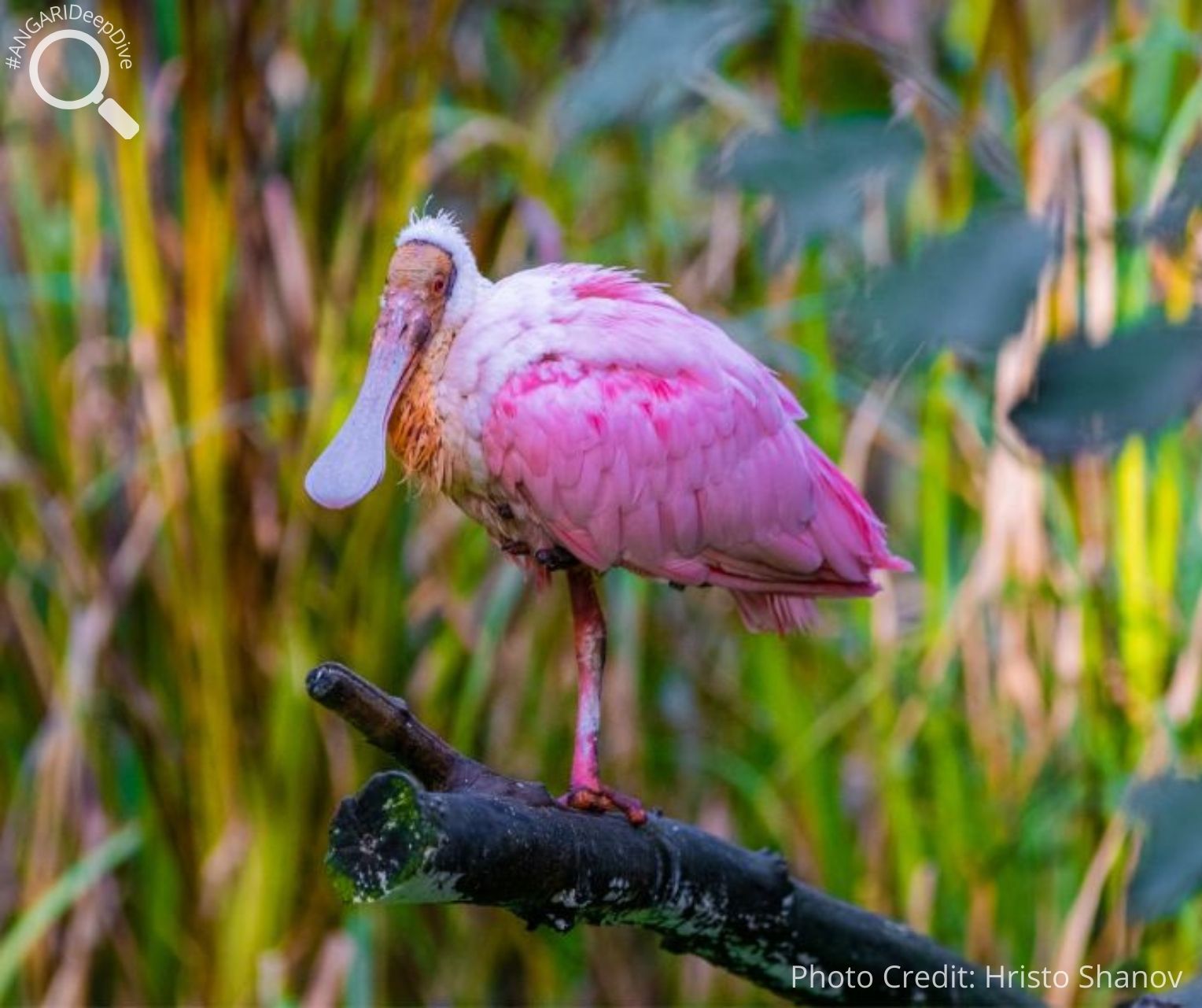
The bright pink feathers of the roseate spoonbill made it a very popular species for hunters. This resulted in a serious decline in their population and laws have since been brought in to protect this species. The U.S. Migratory Bird Treaty Act now makes it illegal to hunt roseate spoonbills which has allowed populations to strengthen and grow. According to the IUCN Red List they now have a stable population however, habitat loss and disturbance is still a threat so we need to ensure that we are protecting these environments as well.
Additional Roseate Spoonbill Resources:
1. Roseate Spoonbill – Florida Fish and WildlifeConservation Commission
2. Roseate Spoonbill Life History – Cornell Lab All About Birds
3. Roseate Spoonbill Field Guide – National Audubon Society



